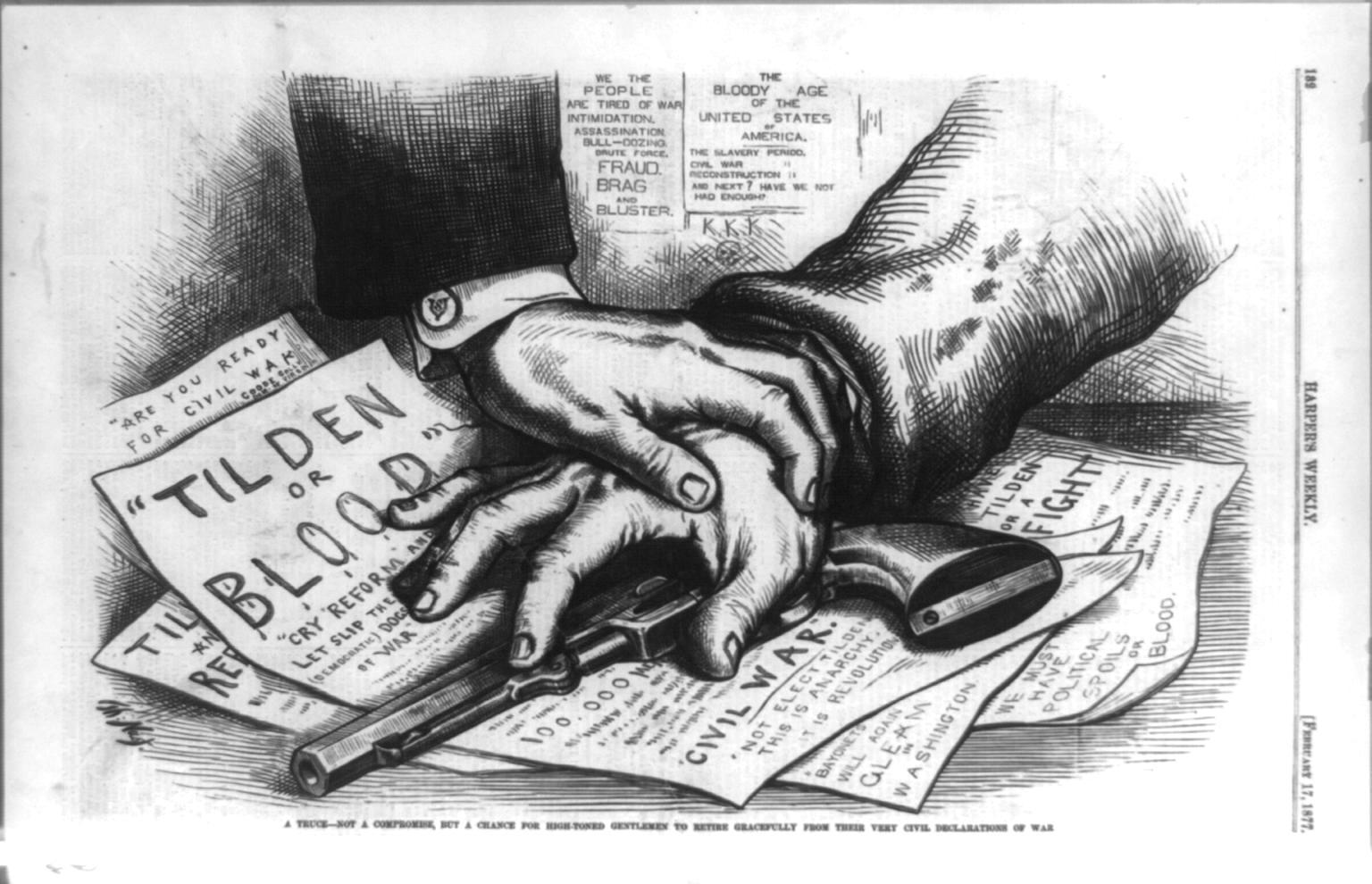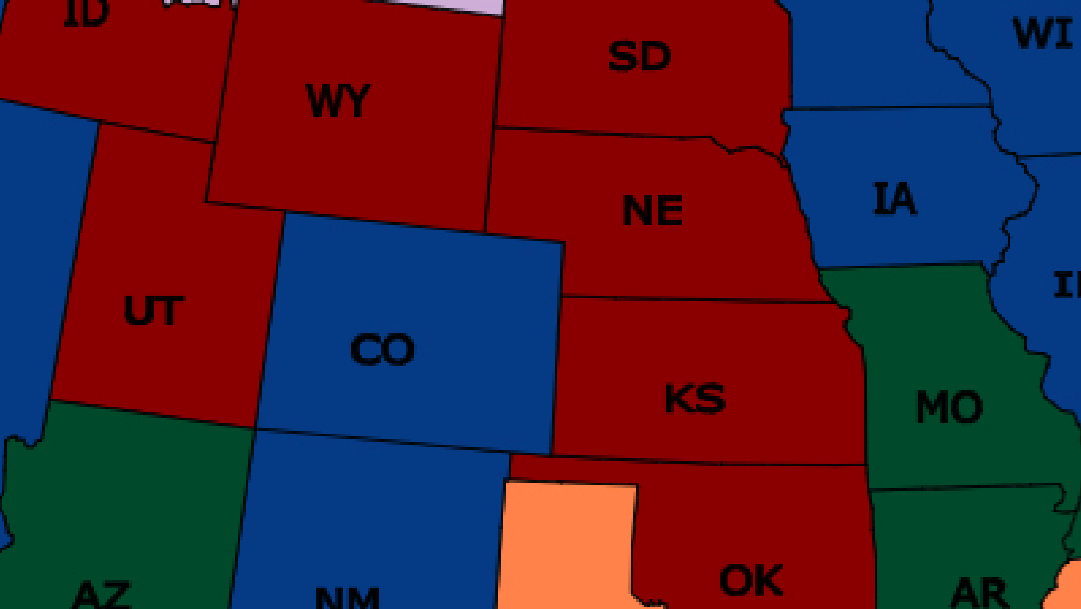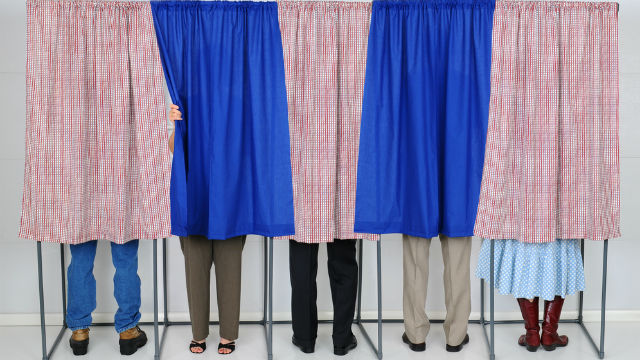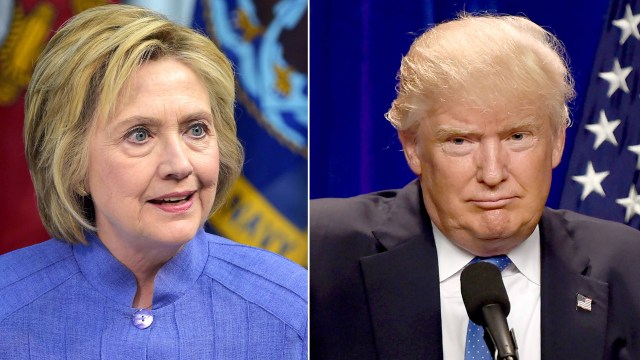2016 Presidential Election Uniquely Vulnerable to Voter Disenfranchisement
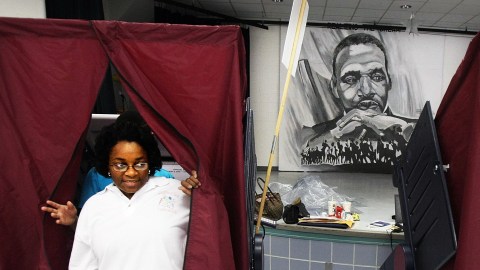
While ‘Bernie or Bust’ voters are criticized for potentially “throwing” an election, a greater threat to democratic order are the many voters being legally — but unjustly — disenfranchised. The New York Times documents this disturbing trend as the nation enters the general election between Hillary Clinton and Donald J. Trump.
One such case is in Sparta, Georgia, where police officers have delivered subpoenas to 187 African-American citizens, “commanding them to appear in person to prove their residence or lose their voting rights,” the Times reports. Sparta is rural, and those 187 people are one-fifth of its registered voters. Sparta is also overwhelmingly African-American, and those citizens are arrested more frequently than Caucasian citizens for similar offenses. Combine all those factors and you have 53 African-American citizens suddenly unable to vote — through no fault of their own.
Until three years ago, that subpoena would have required Justice Department approval thanks to the 1965 Voting Rights Act. But as a result of the Supreme Court’s 2013 Shelby County v. Holder decision, even states with a history of discriminatory voting laws may change voting regulations without automatic federal review. The legal vacuum left by the decision is but one example of how American elections have been decided by voter disenfranchisement. Political science professor Marie Gottschalk explains:
That bias is both strong and subtle, and manifests in many states’ laws. 16 states have passed similarly restrictive voter ID laws in the last six years, according to research out of New York University. Six of those states have a documented history of discrimination against minority voters, according to a Frontline report.
North Carolina’s requirement that all registered voters present ID was found to unjustly apply to minority residents according to a U.S. appeals court. That ruling also eliminated “provisions of the law that scaled back early voting,” according to Reuters, “[and] prevented residents from registering and voting on the same day” — a practice was also overwhelmingly used by minority populations.
Alabama tried to close 31 driver’s license offices in 2015. It was presented as a purely cost-saving measure, but when combined with the state’s voter ID requirements and the fact that the majority of those offices “were in rural areas with large African-American populations,” as the New York Times reports, the tactic became another example of voting regulations using implicit bias targeted at a minority population. Citizens threatened legal action and Alabama compromised, keeping all the offices open for at least one day a month.
Those states, as well as the other 14 that passed strict voter ID laws, argue the laws are designed to prevent voter fraud. If so, these laws are failing. There have only been 28 convicted cases of voter fraud since 2000. The highest percent of those cases were via mail-in ballot, according to research out of Arizona State University. None of these voter ID laws address fraud in mail-in ballots.
Thankfully, there is hope. Courts across the nation continue to challenge these biased laws. They blocked 3 ID laws “thus far in Pennsylvania, Wisconsin, and Arkansas,” as Frontline reports. But their success is short-lived as all of those states are fighting back. And, as we’ve pointed out in an earlier piece, the Supreme Court already recognizes implicit bias as legally harmful.
The bigger question behind these biased ID laws is their effect on the upcoming election. Will they influence the outcome? If so, how? Will bringing them to light during this frenzied political cycle make our lawmakers less biased? Given how relatively little media attention these issues have gotten in light of the election cycle, it’s difficult to say. But when elections become media spectacles driven by ad revenue, no one wins. Especially people legally incapable of changing the outcome of that election due to implicit bias.
—
